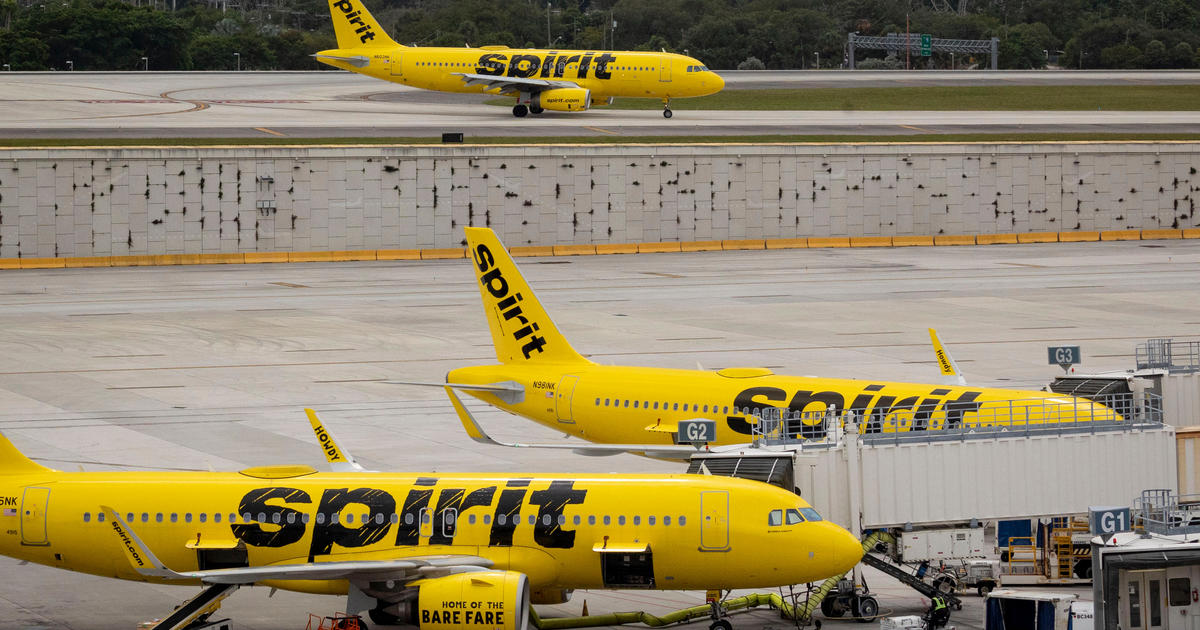On The Other Side Of Key West's Southernmost Point There's A War On Drugs
Follow CBSMIAMI.COM: Facebook | Twitter
MIAMI BEACH (CBSMiami) – On the other side of a popular Key West attraction, many are unaware of what's happening daily nearby.
Coast Guard Admiral Christopher Tomney is the director of Joint Interagency Task Force South -- the western hemisphere's nerve center for tracking drug traffickers.
The task force is based in Key West where tourists visiting the island's famed Southernmost Point seem largely unaware of what's happening daily on the other side of the fence. From there, there's an alphabet soup of government agencies, military branches, and 17 different nations working together to find, track, and target drug traffickers where they're most vulnerable.
"Out on the high seas, when they're hundreds of miles away from shore, these traffickers have no place to run. They have no place to hide. They're out in plain sight," said Tomney.
When asked how much they're able to stop, Tomney responded "very little."
"Three out of every four events that we have awareness of, we have no asset to go after," said Tomney.
He says they need more aircraft and more ships.
Ships like the Coast Guard Cutter James, which we visited on its way to the Eastern Pacific.
"Our last patrol, we were able to bring 16 tons of cocaine back. It was worth about $420 million, nearly enough to pay for this ship and that was just in about a 45-day period," said Capt. Mark Fedor.
Capt. Fedor commands the most sophisticated ship in the Coast Guard's fleet.
"We have a lot of different sensors that can tell us what's going on around us….so we'll issue the orders to launch the helicopter to launch the small boats and then we vector them into those targets," said Capt. Fedor.
Armed helicopters are key to the endgame, flying low alongside go-fast boats, many times at night, to shoot out the engines.
"This has been very effective technique," said Tomney.
The smugglers have developed techniques of their own like Bigfoot.
"Bigfoot is what we term a self-propelled semi-submersible," said Tomney.
These low-profile semi-submersibles are harder to spot and carry tons more cocaine.
"Probably a week does not go by that we don't have a report somewhere throughout the region of these, of these types of vessels on the water," said Tomney.
Last year the task force set an all-time record by stopping 285 metric tons of cocaine but it's only a fraction of the total flow.
"It's very frustrating for the men and women of this task force knowing we could be doing so much more but it really comes down to a series of choices. How much do we want to make this a priority," said Tomney.




